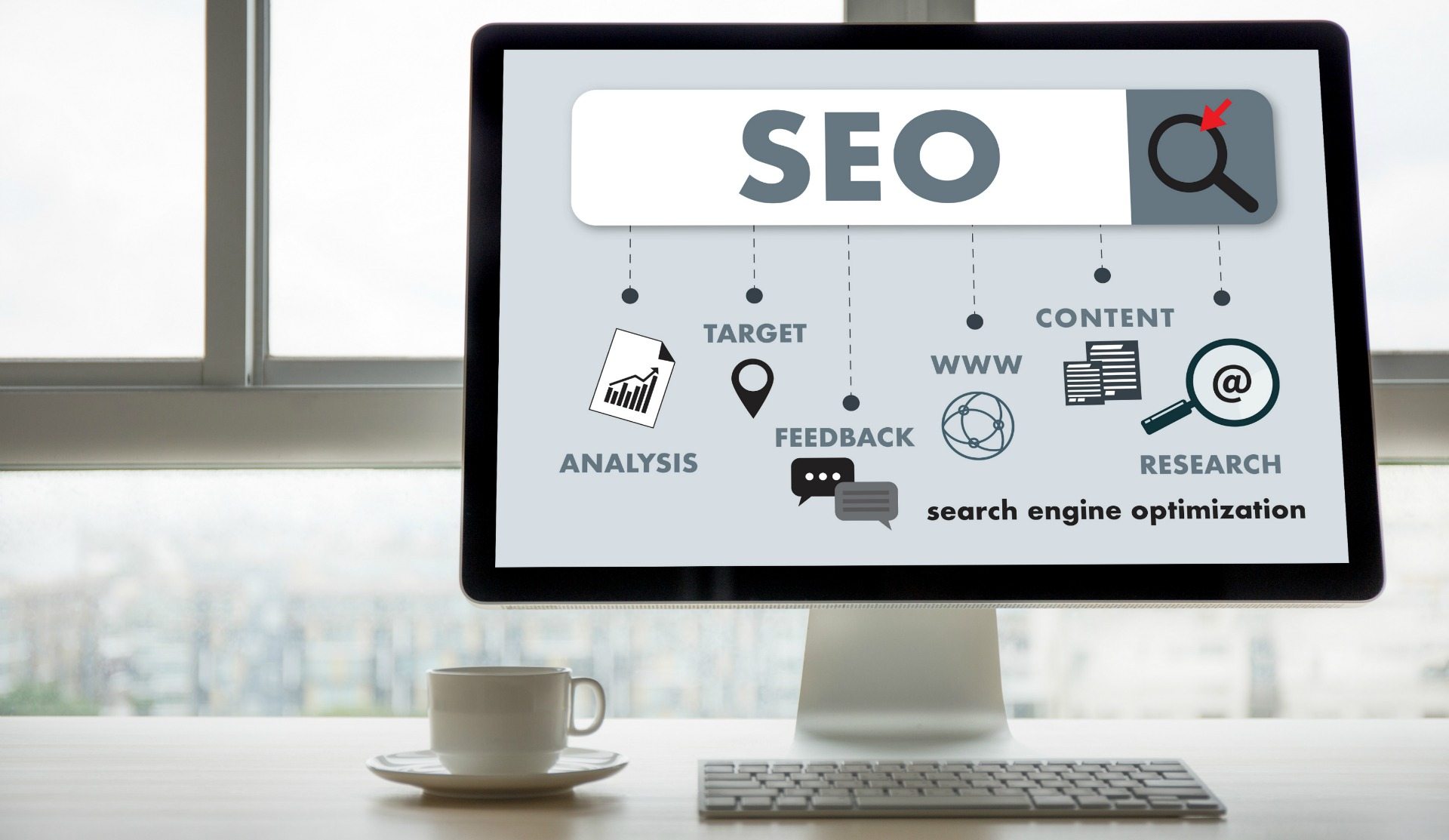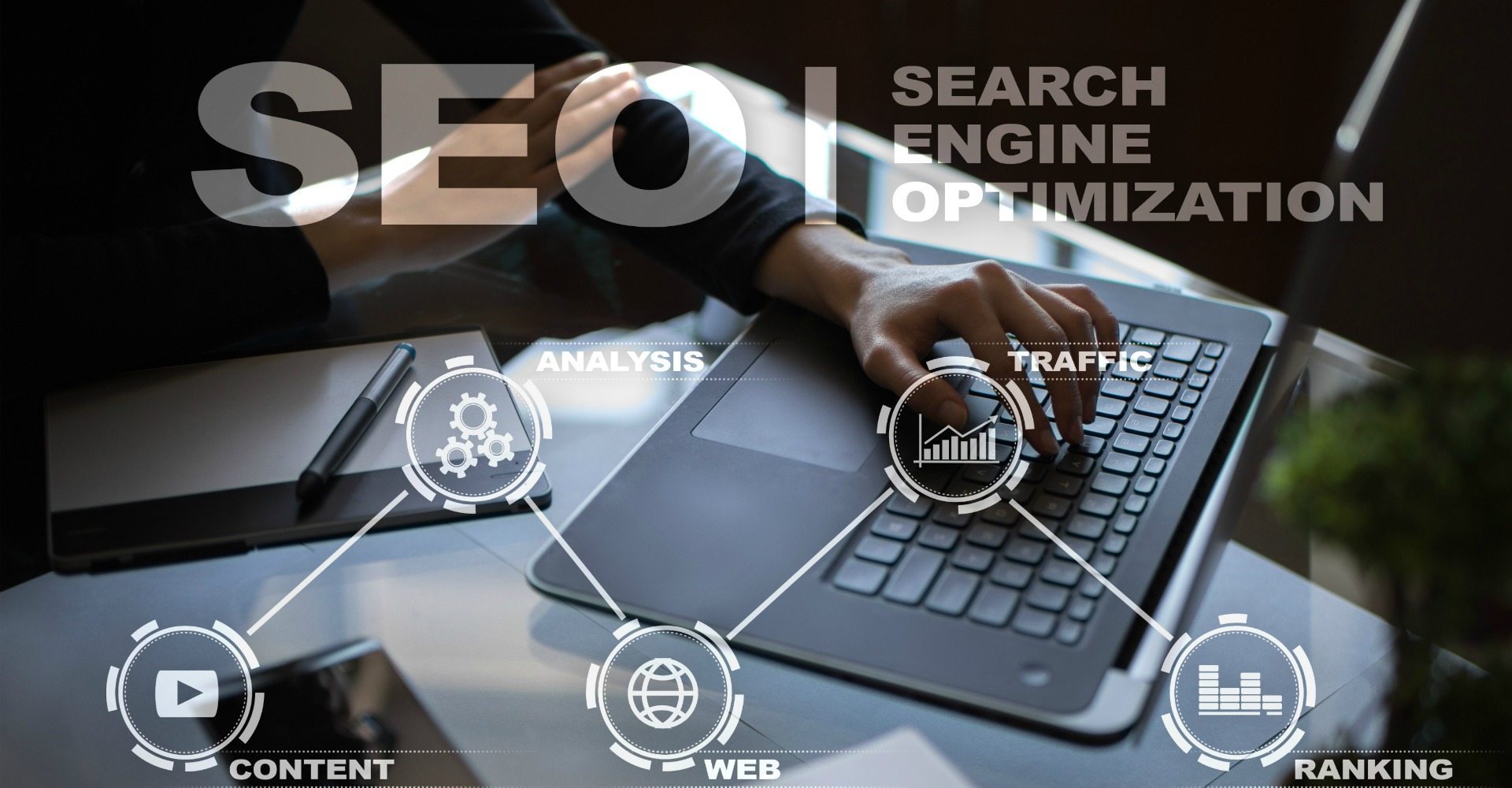One of my biggest goals when I first started focusing on digital marketing was “How can I get my website to appear higher in the search results?” And for most other businesses, it’s the same. We all know that when a customer performs a web search, they are most likely to click one of the first five search results on the first page of Google or Bing. If you want to get your website towards the top of that list, you need to focus on your search engine optimization (SEO).
One of the areas of SEO that is most obvious (and that you have the most control over) is on-page SEO. And yet many business owners are clueless as to what matters for on-site SEO (and how much you actually have control over!). So I thought why not write up an On-Site SEO Cheat Sheet as a quick reference so you can see how your website measures up?
Creative Keywords
Keyword research is the bread and butter of SEO and where you should start for every page. Do your research to find relevant, high-quality keywords and synonyms so Google can work out what your page is about.
Keyword Phrases
Keywords might not just be ‘words’ but phrases that are popularly searched for, such as “How do I rank higher in search engines?” Think about the questions your ideal buyer is asking and answer them.
Learn Why Long Tail Keywords Product Better Leads
Title Tags That Tantalize
Not only do you need the right keywords, you need to drop them in the right place too! Your title tag is the most important on-page SEO factor. Include your keyword as close to the beginning of the title tag as possible. Choose captivating wording like “best”, “top”, “you didn’t know” to draw readers in.
Compelling Meta Descriptions
The meta description appears below the title tag in the search engine results and gives a preview of what the page is about. The more accurate and compelling you can make the meta description, the more clicks you’ll get.
Image and File Names
Don’t neglect your images and other files! Use targeted keywords in image names before you upload to your blog. You should always rename the image to include your searchable keywords. For example, instead of your image being named “Image_0345”, it would be, “Red baseball cap made by Richardson Caps”. The reason for this? Many people will search Google using image search, rather than sifting through a list of links.
Alt Tags and Title Tags for Images
Alt tags and title tags are used to describe what the image is on your page. You can use something very similar to your file name if the file is named in short sentence form (like the example above). You want the alt and title tags to tell someone what they would be seeing if the image chose not to show up to work that day. They also tell your search engine what the image is about (SEO!).
Heading Tags
Heading tags form the subtitles and subcategories of your page. If you are using WordPress or another WYSIWYG visual editor, you can highlight over the text and select “Heading 1”. Give them some love by adding relevant keywords and eye-catching language.
Inbound Links
An “inbound link” is a link within your blog that takes you to another blog or webpage within your website (also known as “internal” link). Inbound links strengthen the authority of your page and direct visitors to other relevant pages on your site. You can do this by linking a keyword phrase within your blog to another blog related to the same keyword phrase.
Outbound Links
Linking to other sites? Yes, it can actually boost your authority. Including a few high-quality outbound links helps Google understand the topic and relevancy of your page.
SEO-friendly URLs
Long, ugly URLs are unappealing to visitors and search engines. Make URLs short, sweet, and keyword rich.
Tip: Always use your target keywords in your URL, blog title, and the first paragraph of your blog! You also want them in both your meta titles and meta descriptions.
Add Social Sharing
Adding prominent social sharing buttons can increase sharing by 700%, according to a study by BrightEdge.
Engage Immediately
Awesome content, engaging images, and fantastic offers that keep visitors on your page for a longer period of time boost your search engine rank. Google uses ‘dwell time’ – the amount of time visitors stays on a page – to determine the quality of the page.
Content Creation
It’s no good getting visitors to your site if there’s no reason to stay. Create engaging, informative and relevant content, including blogs, guides, e-books, images, videos and more to win your visitor’s hearts.
Post-Long Content
While short content is great for attracting new readers and maintain interest, research has shown that longer content tends to rank significantly higher. If you choose the right topics to delve deep into, you can really boost search engine results.
So how does your website measure up? Covering all of these factors on every page can be tricky so it can be helpful to have a professional digital marketer look over your website and see the difference quality SEO can make!






![What is Email Automation and Why is it Important? [FAQ] What is Email Automation and Why is it Important](https://www.blog.leadsngin.com/wp-content/uploads/2017/12/What-is-Email-Automation-and-Why-is-it-Important-150x150.jpg)
![What Exactly Does Hubspot Do? [FAQ] What exactly does Hubspot do?](https://www.blog.leadsngin.com/wp-content/uploads/2017/12/What-Exactly-Does-Hubspot-Do-150x150.jpg)


